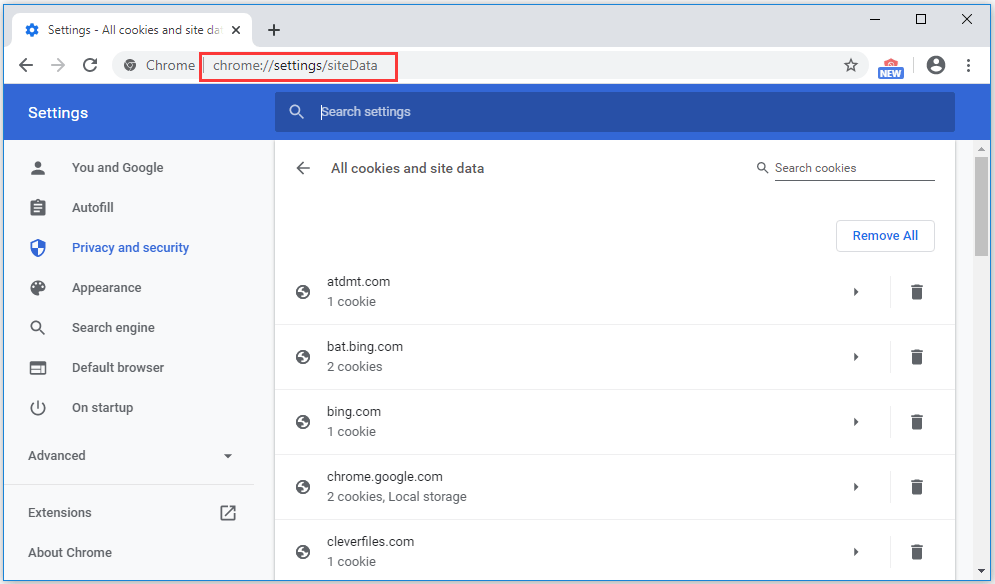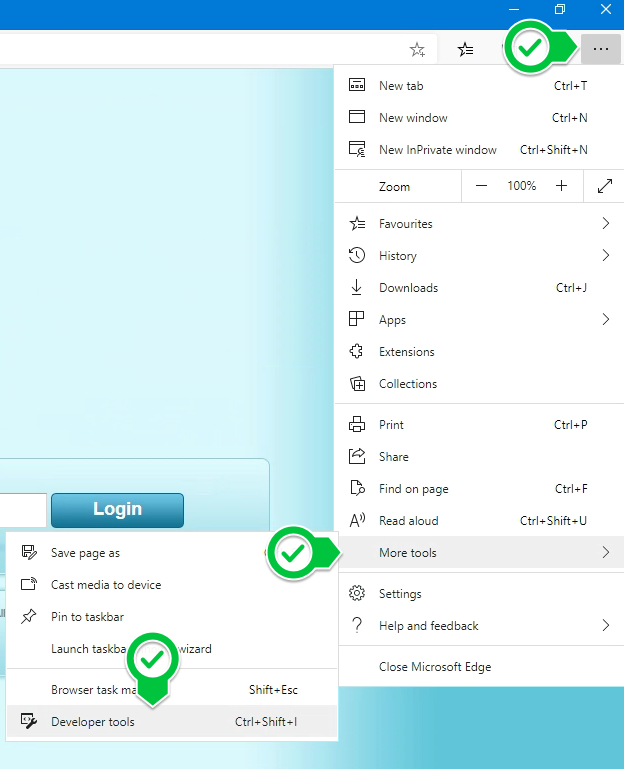
If you have extra questions about this answer, please click "Comment".

If the answer is helpful, please click "Accept Answer" and kindly upvote it. Modifications of these settings are at your own risk.ġ.In Registry Editor, locate and then click the following registry key: HKEY_LOCAL_MACHINE\SOFTWARE\Microsoft\Shared Tools\Web Server Extensions\16.0Ģ.Right-click 16.0, point to New, and then click Keyģ.Type Securit圜acheOptions, and then press ENTERĤ.Right-click Securit圜acheOptions, point to New, and then click DWORD valueĥ.Type Securit圜acheMemoryAllowed, and then press ENTERĦ.Right-click Securit圜acheMemoryAllowed, and then click Modifyħ.In the Value data box, change the Base to Decimal, type the value 20, and then click OKĨ.Execute an IISRESET and manually restart the “IIS Administration service” Microsoft cannot guarantee that any problems resulting from the configuring of REGISTRY settings can be solved. Registry DISCLAIMER: Modifying REGISTRY settings incorrectly can cause serious problems that may prevent your computer from booting properly. To resolve this problem, increase the “ Securit圜acheMemoryAllowed” setting from the default of 2MB to 20MB. Once this memory has been exceeded, SharePoint is unable to verify user security and responds with a 500/403 error for all users at the server level.

This issue is caused by an excessive amount of AD / SharePoint groups or user permissions being added to site collections, list & libraries or pages, which fully consumes the maximum allowed “in-memory security cache” (owssvr!VsecCacheManager) which is 2mb by default. However, after resetting IIS the site may remain operational for a very short time before the issue reoccurs. While trying to access the site users are intermittently presented with 403 and 500 errors and the site remains inaccessible until performing a manual IIS RESET.

You need to Reset IIS in SharePoint 2016 Farm.ġ.Open the SharePoint 2016 Management Shell as an admin


 0 kommentar(er)
0 kommentar(er)
